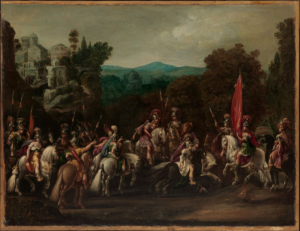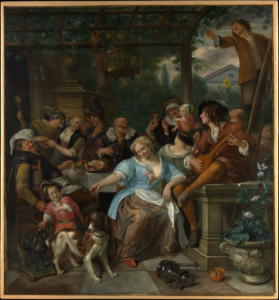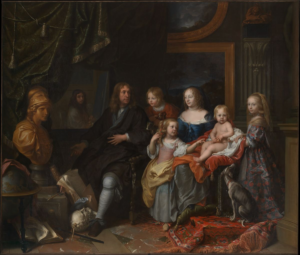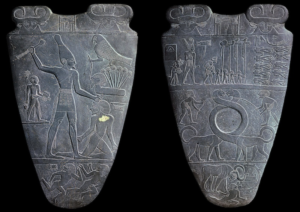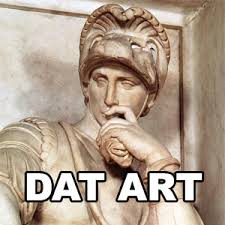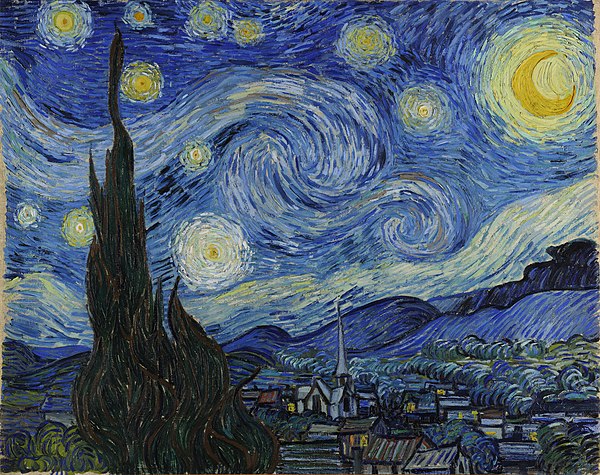(I forgot to post the annotated bibliography as a separate post and left it in my previous post which combined both the final project and the annotated bibliography, I’m very sorry!)
Bibliography: Museum Sites
- “The Lamentation.” The Met’s Heilbrunn Timeline of Art History, www.metmuseum.org/toah/works-of-art/2008.72/; accessed December 17, 2018, https://www.metmuseum.org/toah/works-of-art/2008.72/
This link is coming directly from The Met website and gives a brief catalogue description of The Lamentation. I will incorporate this into my final project by paraphrasing their descriptional analyses and keywords so I can easily distinguish features between Renaissance and Baroque art.
- “Saint Maurice.” The Met’s Heilbrunn Timeline of Art History, www.metmuseum.org/exhibitions/listings/2015/cranach-saint-maurice.
This link is also taken directly from The Met website. In the site, the author explains the significance of the exhibition which involved other works of art that were painted/made during the same time period and location. This allowed me to analyze the distinguishing features of the time and apply it to Saint Maurice. The website also had a YouTube video which helped me analyze the portrait even more.
- “Departure of the Amazons.” The Met’s Heilbrunn Timeline of Art History, https://www.metmuseum.org/toah/works-of-art/1976.100.6/; accessed December 16, 2018.
There was no specific museum site that helped me understand this painting. Instead, I used the generic Met catalogue description of the painting. It gave me the basic information I needed, such as the dimensions, the medium, the historical and political background, and the artist who painted it. It also listed some features I incorporated into my final project and used it to compare and contrast styles between this painting and other paintings.
Bibliography: Magazines/Journals/Articles
This is an extensive pdf article of The Merry Company on a Terrace. It was a really helpful addition to my final project because it nicely explained the background/history of the painter (Jan Steen) and why he incorporated himself into his own painting. In addition to that, the article also analyzes every single character in the painting in depth. One theme the author of the article focused on was the emotional intensity of the painting. This is one feature I incorporated into my final project and it was also a useful addition to the list of differences between Renaissance and Baroque art.
This article layed out a detailed formal analysis of The Lamentation. Although the painting was different from the one in The Met, it provided me with more background historical details I did not comprehend at first. I only payed attention to the theme of the entire painting because there are many different alterations of this painting and most of them share a similar theme.






